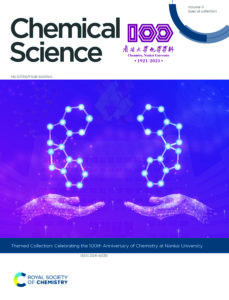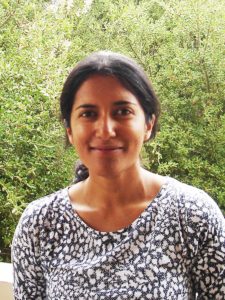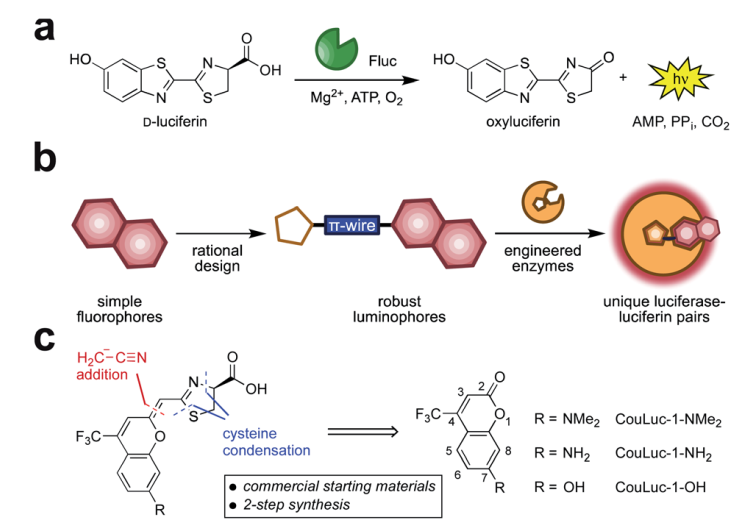September 20-24 marks Peer Review Week 2021, a week that celebrates the vital role that peer review plays in upholding scientific standards globally. This year, the theme is “Identity in Peer Review”.
Chemical Science wishes to mark this week with our latest Reviewer Spotlights, a new way to highlight the hard work of our reviewers for our community over the past year and encourage further diversity in our reviewer community.
This month, we’ll be highlighting Andrew Weller, Stéphanie Bastin, Marcetta Darensbourg and Satoshi Maeda. We asked our reviewers a few questions about what they enjoy about reviewing, and their thoughts on how to provide a useful review.
 |
Andrew Weller, University of York, UK. Research in the Weller group is based upon synthetic organometallic chemistry and catalysis, and in particular the generation and stabilisation of transition metal complexes that have C–H, B–H and C–C bonding modes with metal centres (via agostic or sigma interactions). We are interested in the fundamentals of synthesis, bonding, structure and reactivity of these complexes, but we also have a strong focus on their use and development in challenging catalytic bond transformations, such as C–H, B–H and C–C activation. |
 |
Stéphanie Bastin, LCC-CNRS, Université de Toulouse, France. My research work focuses on the design and development of transition metal complexes and their application in homogeneous catalysis. |
 |
Marcetta Darensbourg, Texas A&M University, USA. The challenge of developing, and understanding, molecular catalysts containing earth abundant metals that perform similarly to the rare and expensive platinum, palladium, rhodium metals is the heart of my research. Our synthesis program is guided by Nature’s design of enzyme active sites trapped in giant proteins that facilitate organometallic-like reactions. |
 |
Satoshi Maeda, Hokkaido University, Japan. My study focuses on the development of automated reaction path search methods toward the discovery of unknown reaction channels based on quantum chemical calculations. |
What encouraged you to review for Chemical Science?
Andrew Weller: I am a great believer in learned society published journals – both in terms of quality, history but also accountability to, and support of, the chemical community. As with many top-tier journals the role of the academic associate editor in the reviewing process, who handles the manuscript, provides me with confidence that the process is overseen by someone who publishes (and reviews) regularly themselves. I think this is vital.
Satoshi Maeda: I consider it as one of my contributions to the community. I try to find and point out parts that readers may possibly have doubt due to insufficient data or ambiguous description. I believe this could be a help to improve the papers.
Marcetta Darensbourg: It is an attractive journal, which speaks to the professionalism of the editorial/production staff, and it has a good editorial board. One can expect submissions to be sent to the appropriate, knowledgeable reviewers whose comments will be respected.
What do you enjoy most about reviewing?
Marcetta Darensbourg: Learning! The invitation to see up to the minute research (or reviews) from others either directly in your field or near it is a privilege.
Stéphanie Bastin: I appreciate the feeling that I am contributing to the development of a field of research other than by publishing my own results.
What makes a paper truly stands out for you when reviewing a paper?
Stéphanie Bastin: In my opinion, in addition to the quality of the results, an article stands out for its clear and careful presentation of the results which must be put into context by a well-constructed introduction of the research topic. In other words, on first reading one should be able to discern the major advances the article brings to the field of research in question.
What advice would you give a first-time author looking to maximise their chances of successful peer review?
Satoshi Maeda: It is of course important that the data and discussion adequately support the conclusions. In the case of Chemical Science, one needs to prepare a manuscript so that its impact can be conveyed even to readers who are not specialists of the authors’ field. For that, it could be a nice idea to include diagrams by which the entire concept can be understood immediately.
Andrew Weller: When you revise your manuscript look at it through the lens of a reviewer. Does it tell as story, are the diagrams clear and in the appropriate place, is it appropriately concise? Also remember that referees are not infallible – once accepted your work will be read (hopefully) by many people (and presented at group meetings). So a clear message, that has a narrative arc, and avoids unnecessary detours into results that simply do not fit the story, will be well received both by referees and then the scientific community when it is published. Less is more sometimes (I must remember that advice myself!)
Tune in next month to meet our next group of #ChemSciReviewers!
Keep up to date on Peer Review Week 2021 on Twitter by following #PeerReviewWeek21 and #IdentityInPeerReview.
If you want to learn more about how we support our reviewers, check out our Reviewer Hub.
Interested in joining our ever-growing reviewer community? Send us your CV and a completed Reviewer Application Form to becomeareviewer@rsc.org.





















